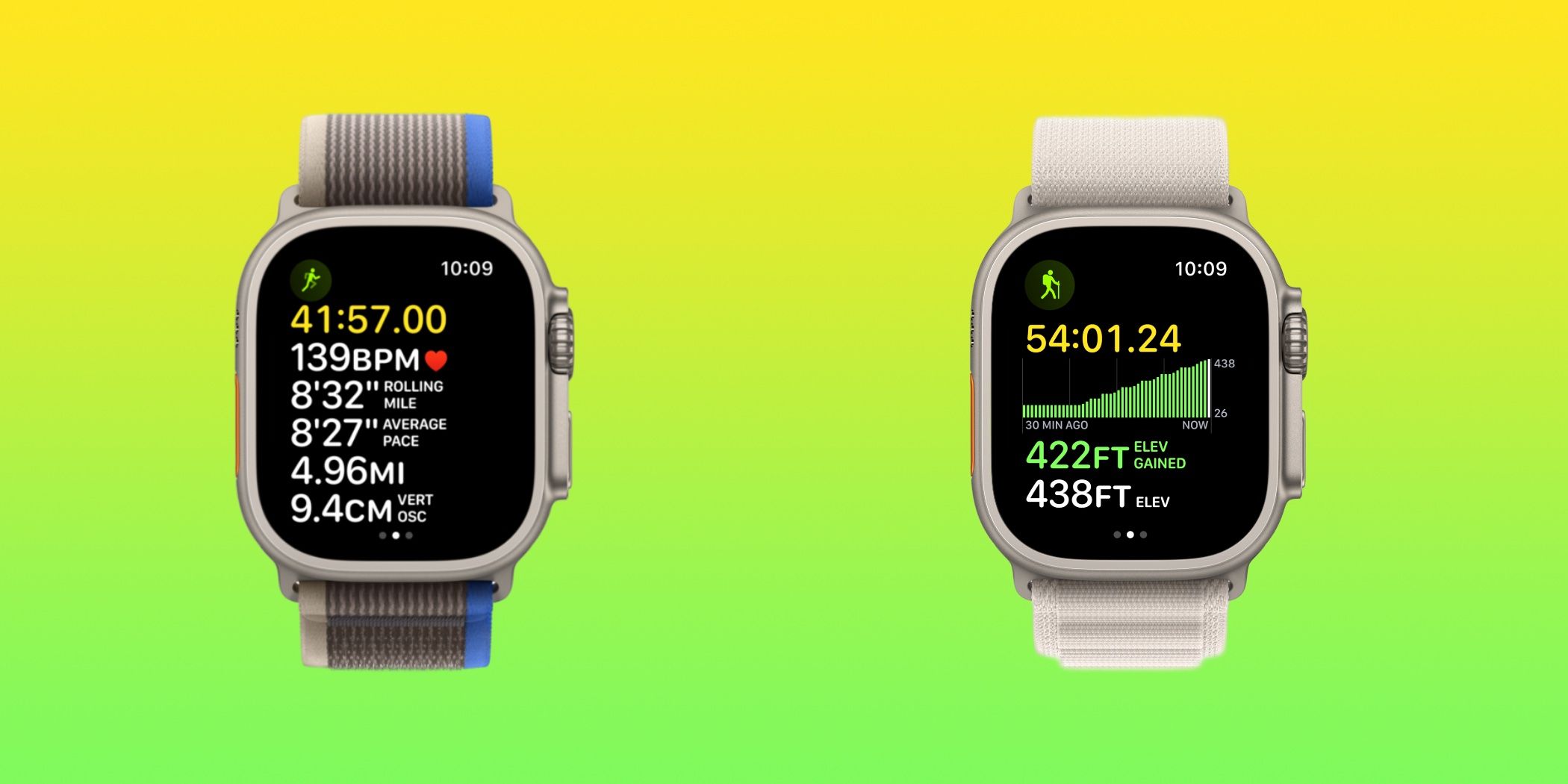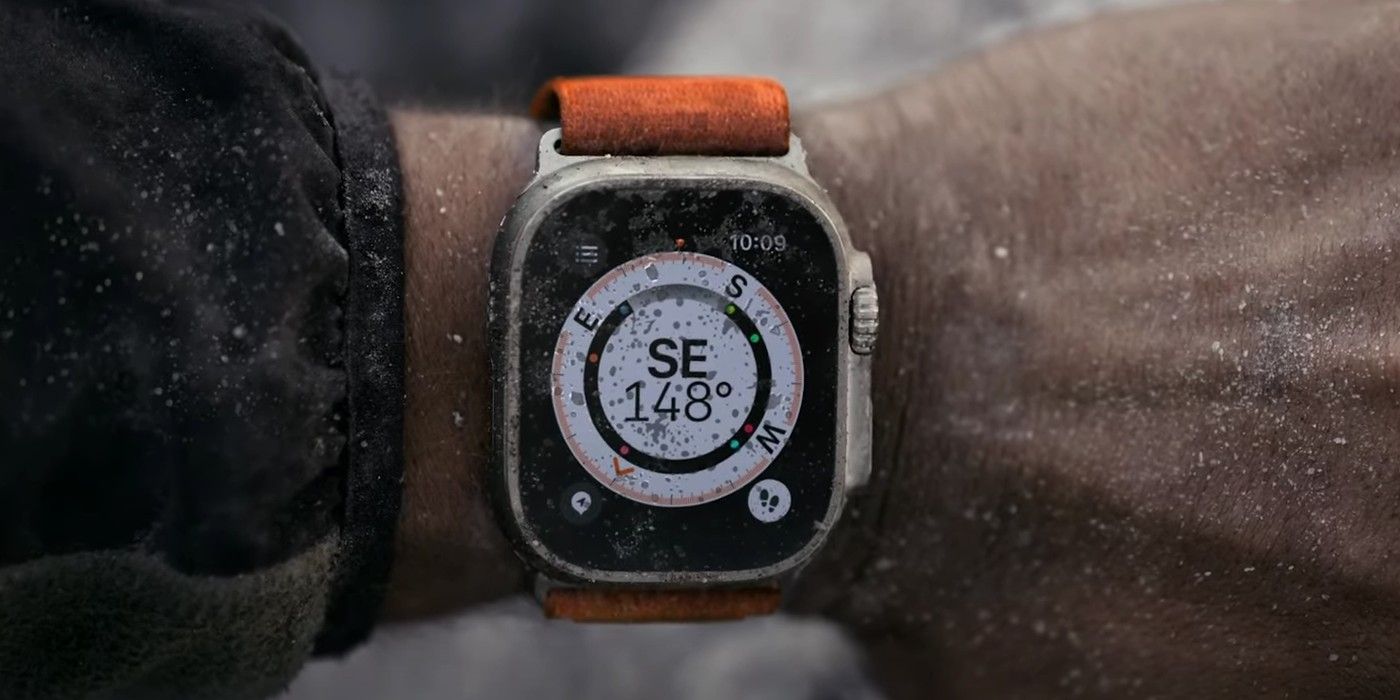The Apple Watch Ultra is the first Apple smartwatch that can keep up with extreme athletes and outdoor explorers — and a slew of features designed to improve a runner's performance makes it an excellent fit for marathoners. Though each model of the Apple Watch is centered around health and fitness functionality, there are certain features that runners need to perfect their craft. For beginners and casual runners, the standard editions of the Apple Watch can be a great way to track a runner's early progress. But eventually, serious runners will outgrow the base Apple Watch models, needing advanced features and longer battery life. These athletes can now look to the Apple Watch Ultra, a new model designed for people who need more out of their smartwatch.
Since the very first Apple Watch was released, there have been ways to track running progress on the device. Apple has its own Workout app that can track multiple types of running workouts, but there are also third-party options. Nike Run Club and Strava are popular alternatives to Apple's built-in solution and provide a better experience in terms of community interaction and sharing between users. However, Apple's Workout app has grown to be more capable in recent years. Some features are available on many Apple Watch models through software updates, but others are exclusive to the Apple Watch Ultra.
Many of the features that highlight the Apple Watch Ultra's functionality are coming to many models through watchOS 9, a software update that rolled out on Sept. 12, 2022. The update adds features crucial to interpreting and adjusting a runner's form, including vertical oscillation and stride length. Vertical oscillation is when the torso moves while running, and an extreme amount of movement results in unnecessary exertion and worse performance. With each step, it can also measure ground contact time with the latest software to tell runners whether they are staying on the ground for too long. Stride length is also vital for runners, but the ideal stride length varies from person to person. Both data points are best analyzed by a professional, but experienced runners can interpret this data to improve performance.
Apple Watch Ultra Has Advanced GPS & Battery Life
There is no doubt that Apple Watch Ultra will track runs more accurately than other Apple Watch models — especially in metropolitan areas or dense forests — and that's due to advanced GPS technology. Most devices, including other Apple Watches, use the L1 GPS frequency to track location. This works well in most instances, but the GPS can get confused when it is obstructed by tall buildings or thick forestry. Apple Watch Ultra adds the L5 frequency, which works in tandem with the L1 frequency, to reduce GPS tracking errors and ensure a consistent GPS connection. GPS data is important for runners as it tracks key statistics like average pace, time and distance.
All of these features available on the Apple Watch Ultra only matter if the device can stay powered on for the duration of a workout, and that's a genuine concern for long-distance runners. Previous versions of the Apple Watch would not last for the length of a marathon (26.2 miles), and many long-distance runners train at distances between 10 and 30 miles. The Apple Watch Ultra's battery life is far superior to any other Apple Watch model, lasting for up to 36 hours in regular use and up to 60 hours in a low-power mode coming later this year. The smartwatch can last long enough to complete a full Iron Man Triathlon — a 2.4-mile swim, a 112-mile bike ride and a marathon. Apple Watch Ultra comes with the advanced metrics serious runners use to run faster and longer, and it finally has the battery life needed to keep up with them.
Source: Apple


